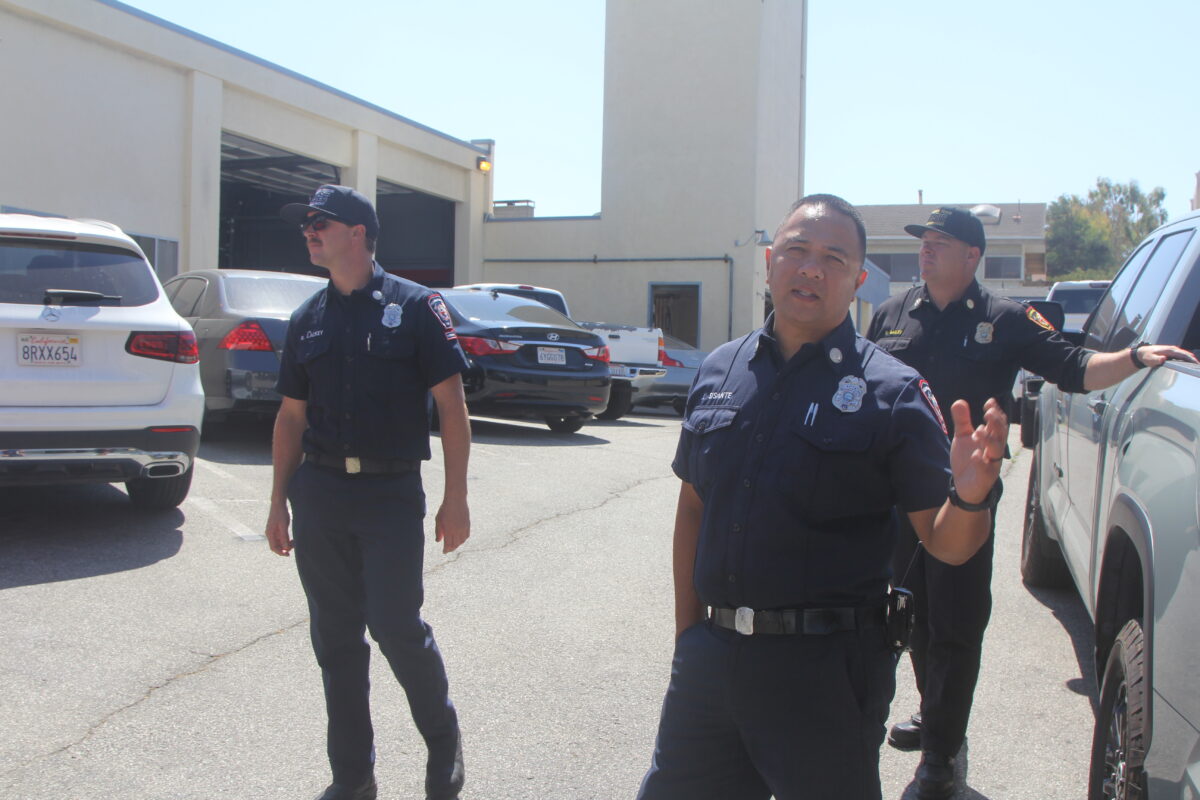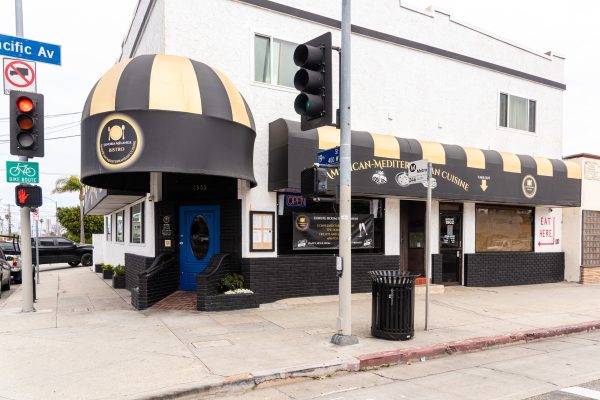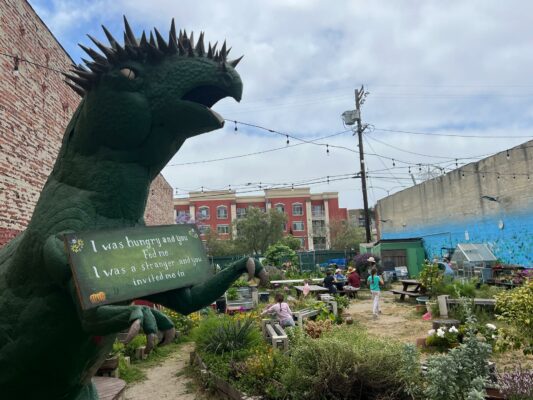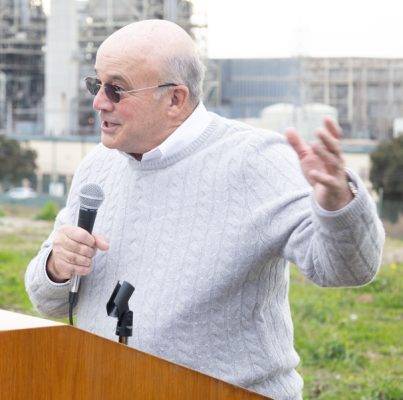by Garth Meyer
Redondo Beach voters will decide on Nov. 5 whether to approve a $93 million bond for two new fire stations, a new police station and refurbishment of the police annex.
The annex – next to Redondo Union High School auditorium – is “office space,” as described by Police Chief Joe Hoffman to the city council this summer. It does not house essential police services such as 911 dispatch, the jail or evidence lockers.
A consultant told the city council a refurbished annex could last another 25 to 30 years.
Cost to taxpayers for Measure FP would be $17.45 per $100,000 in assessed property value.
All of the city council, and Mayor Jim Light, have spoken of the need to address these buildings’ conditions – Fire Station One (Broadway), Fire Station Two (Grant Avenue) and the police headquarters next to city hall, which, as described by Police Chief Hoffman, the city has long outgrown. He started his career there in 1994.
A bond would need to exceed 66% approval to pass — unless State Proposition 5 is approved the same day, which would drop the threshold to 55%.
The Redondo Beach police station was built in 1957, and the city’s two fire stations in 1959.
In July, the night the council approved the bond measure, it received a report from Adam Sonenshei, senior vice president for FM3 (Los Angeles), a public policy research firm, which surveyed 438 likely Redondo Beach voters. He concluded a $90 million+ bond for police and fire department infrastructure could be successful – if Proposition 5 passes.
He named a potential challenge.
“(Redondo Beach) city government has positive ratings (from the public), but also a relatively low perception of need,” he said, regarding voters’ belief in how much funding the city requires to bring its facilities up to a desired standard.
Mayor Light said later that he was proud of the council for taking on the issue, and noted the financially-supportive comments from the public during previous hearings about keeping the fire department local, instead of contracting with the county.
The city council vote to put forth a bond concluded a six-year impasse about whether the city would benefit from switching to county fire.
Patrick Butler,
Interim Fire Chief
Patrick Butler has been interim Redondo Beach fire chief since 2022.
“My first impression coming here was the stations were not able to adequately house all of the equipment and personnel,” he said. They were undersized for current equipment. EMS is a big part of our job. These stations were built primarily for firefighting.”
He pointed out the difference between today and when the two stations opened.
“In 1959, the department did 800 calls. In 2024, we’re on track to do 8,000,” Butler said.
The chief noted that Station Two’s large parking lot could be used for expansion.
“The old stations, it’s like an auto repair shop, like a garage but it’s also where you live and eat,” he said. “The new stations, those areas are completely separate.”
Station Two houses 24 firefighter/paramedics, eight to a shift. Station One houses 30, with 10 on a shift. It also serves as department headquarters, with administrative staff, the fire prevention office and a community support team.
“The main thing; your police, fire and 911 are part of your critical infrastructure,” Butler said. “I don’t get involved in any of the political aspects, all I do
is educate. The decision is up to the voters.”
The main 911 dispatch center is housed in the basement floor of police headquarters, built before earthquake requirements.
The chief described the infrastructure – not the equipment itself – as “unable to integrate newer technology.”
“It’s like we’ve got a Porsche motor in a 1972 Saab,” he said.
Could a new station’s infrastructure lead to faster response times?
“It could. There are a lot of benefits to dispatch center modernization,” Butler said.
At the fire stations
Station Two was remodeled in 2001, converting the living quarters from barracks-style to individual rooms. The same was done earlier for Station One. Both now have some inner rooms with no windows.
What is the main need?
“Efficiency, no. 1,” said Captain Ryan Stout, at Station Two. “To keep equipment organized, to get to calls faster, the more efficient we are, it’s faster and better for everyone.”
“Storage is the key,” said Gary Dailey, a battalion chief at Station One. “We can’t store anything. We keep moving things to more areas to make it work.”
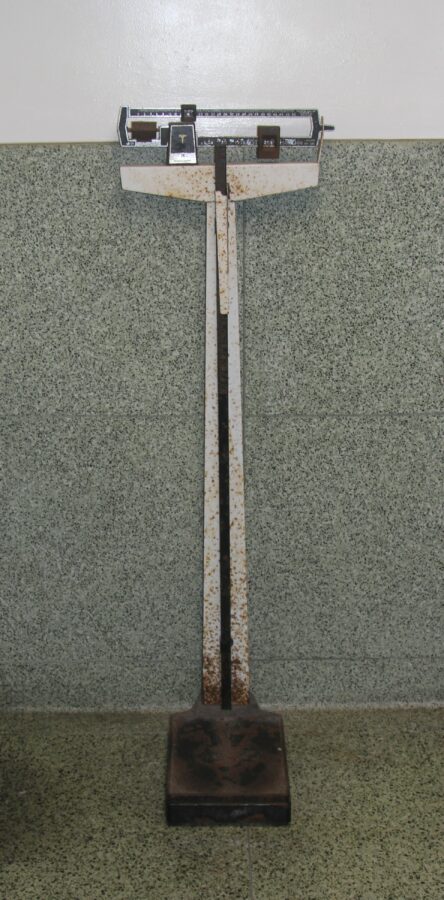
How big should a new Station Two be?
“Honestly, double,” Stout said.
At Station One, a city Public Works employee comes in once per week “snaking this out,” Dailey said of the restrooms.
“We’re a pretty low-maintenance group. Nobody complains, it’s old but we take care of it. That’s kind of the mentality,” said Dailey.
He pointed out a $300,000 battalion chief command truck parked out front – nowhere else to put it.
“If they don’t pass (the bond), you won’t hear a peep out of these guys,” Chief Butler said.
At Station One, to decontaminate the gear, they send it to Station Two; no space to do it at Station One. They sometimes hold classes in Station One’s garage bay.
“Everything here is multi-purpose,” said Captain Jeremy Sisante.
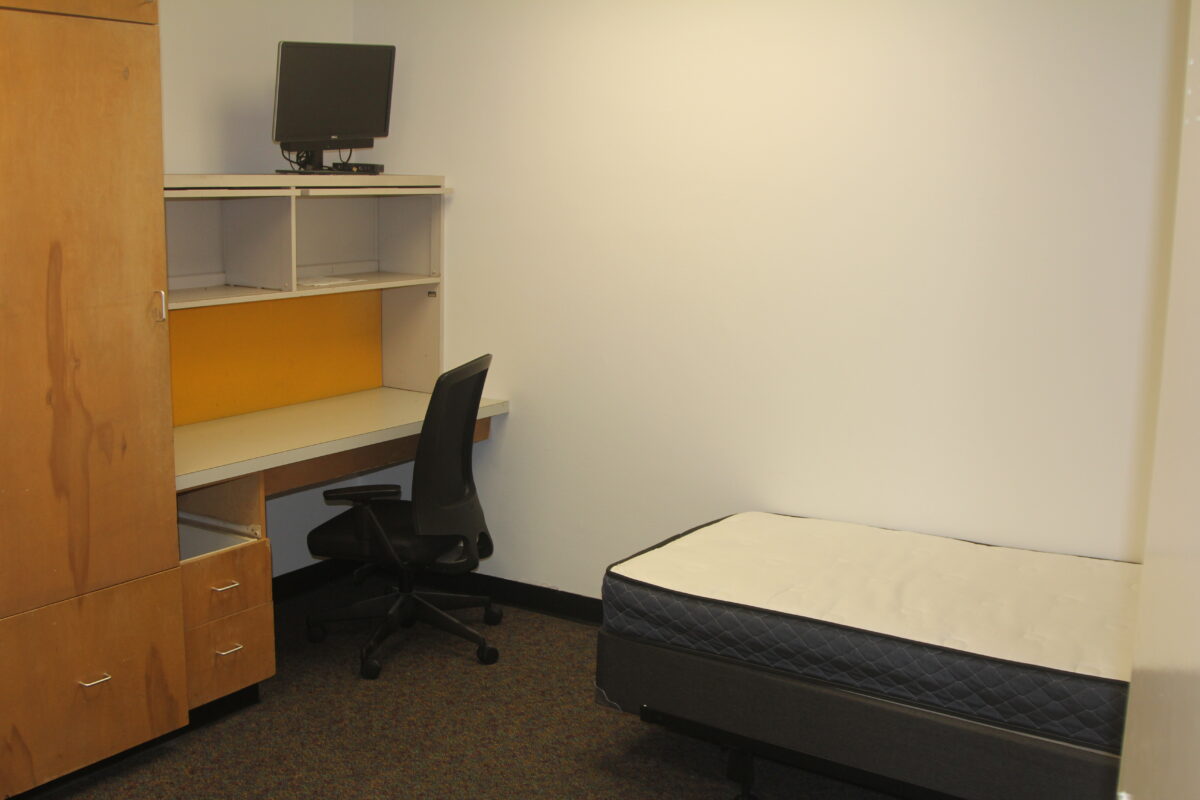
Redondo Police department: Chief Joe Hoffman
The chief started with the RBPD 37 years after the police station was built.
“When I got here, it did seem crowded, and outdated,” Hoffman said. “We’ve been forced to adapt over the years, it’s been challenging but we’ve made it work. We have been reaching the point of it being problematic.”
Shortly after he began his career, the city council made a push to build a new station, which did not materialize.
As things stand now — technology is “severely lacking,” the chief said. “Security is way behind where it should be.” He mentioned asbestos issues, and the small lobby without a place to interview people coming in with reports.
“We’re constantly running into issues with cabling, electrical, temperature control for properly running electrical equipment,” Hoffman said.
“Plumbing constantly. Sewage backup (in the basement) that creates foul odors on a regular basis.”
“We need a new facility to maximize how we provide service.”
As for the police annex, he told of poor heating, electrical and plumbing problems.
If the bond passes and a new headquarters is built, Hoffman said 911 dispatch could be contracted with another agency temporarily, or RBPD could keep its existing dispatch center running in the basement as a new station is built above.
“Actual communications center (equipment) is state of the art,” the chief said.
If the bond does not pass, Hoffman said the department will continue to be “constantly looking at what are the critical needs, and seeking upgrades through capital improvement items in the city (general fund) budget.”
The two biggest police capital improvement projects in the last 10 years were upgrading the dispatch center and building a new women’s locker room, a re-use of existing space, resulting in community-based officers moved to the annex.
“Most importantly, our (police headquarters) is outdated to a point where it impedes on our ability to provide the best possible service to citizens,” Hoffman said. “As a city, we have a responsibility to make sure our work environment is as accommodating as possible.”
At the police station
John Anderson, a community services sergeant, is one of 10 sworn officers who work out of the annex. The group includes the two school resource officers, community officers, quality of life and traffic unit-motorcycle.
Before the 2010 annex addition, a single-wide trailer was parked in the police department parking lot for writing reports.
“We have space, but we’re all disassociated,” Anderson said. “You’d be amazed at how you could have a breakdown in communication if you’re not vigilant.”
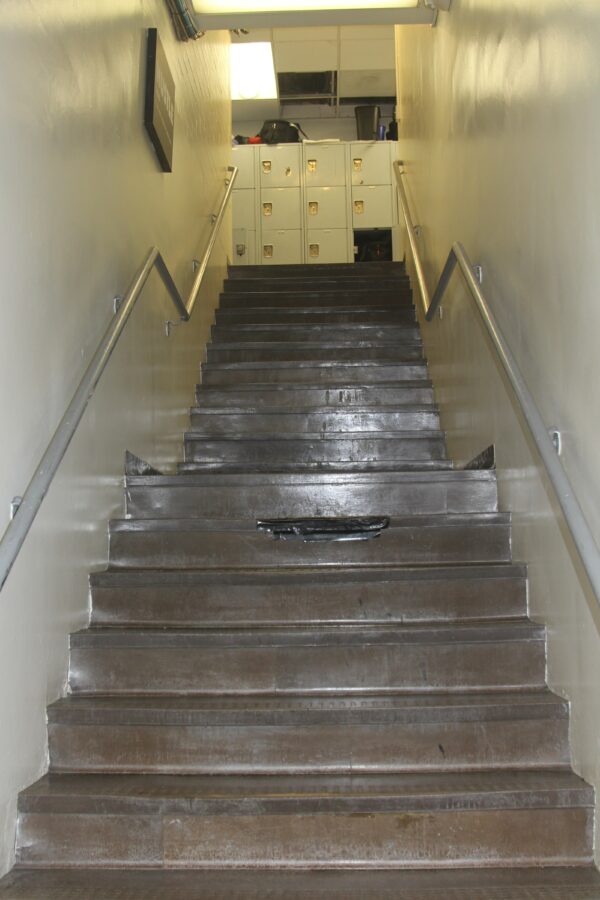
Opposition, perhaps
John Cruikshank, a Los Angeles County Taxpayers Association boardmember, and mayor of Rancho Palos Verdes, wrote in a draft opposition ballot argument that the Redondo Beach public safety bond measure was a “financial trap for (its) citizens, committing taxpayers to (millions) in debt with no clear plan for how the money will be used.”
“It was rushed through in just four city council meetings.”
“Our board doesn’t feel there was enough vetting, our group felt it was rushed onto the ballot,” Cruikshank told Easy Reader Monday.
The statement of opposition, however, will not appear in the Voter’s Guide.
Cruikshank explained that, after talks with Redondo Beach Mayor Light, some city councilmembers and RBPD and RBFD union members, Aidan Chao, founder and chairman of Los Angeles County Taxpayers Association (formed in 2023) requested a public forum to be held on the matter, set for Oct. 5, at the Sonesta Hotel Redondo Beach & Marina from 9:30-11:00 a.m. Representatives from the fire department, police and the city will be in attendance.
“And so Aidan said to file to pull (the statement) out,” Cruikshank said.
A representative of policy organization Cal Haven will facilitate the Oct. 5 meeting.
One expected question will be on the pace of the police and fire stations’ bond going to the voters.
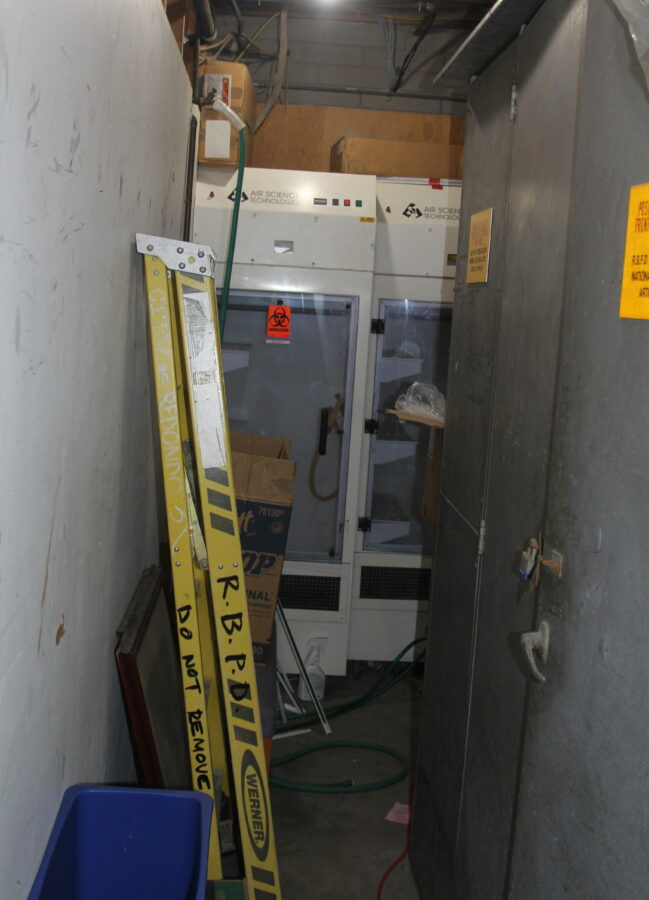
“Some of the school bonds up here seem like they talk about them forever before they make it on a ballot,” Cruikshank said.
Cal Haven was formed earlier this year, a network of elected officials. Chao is the chairman, and also a freshman at the University of Pennsylvania.
“The bond is essentially a blank check for the City, with the city manager admitting, “How we ultimately spend the money… has yet to be determined,” the rescinded filing had stated.
“That quote was from (city council’s) early conversation in May,” said Redondo Beach City Manager Mike Witzansky. “That predates the choice of the two fire stations, the police station and the annex to make up the bond. Those decisions have since been made with absolute specificity.”
The city had considered including in the bond updates to the Public Works yard and city hall.
As for the pace of the bond getting to the ballot, Witzansky said, “The conversation surrounding the need for these buildings is decades old.”
Kaitlyn Lavichant, CalHaven president, provided more context for her organization.
“As a coalition of elected officials and community leaders that prioritize public safety and accountability, we believe giving voters an opportunity to hear about what’s at stake for their city and knowing where their tax dollars are going is essential to the spirit of public discourse,” she said in a statement.
“We have many concerns with the speed at which this bond was placed on the ballot, as well as the lack of clarity on how the $93 million collected is to be spent,” Chao said. “However, we appreciate the spirit of education and would like to thank CALHaven for putting this forum together, as well as the elected officials who are willing to speak to their constituents on this bond that we believe will have sizeable real property tax implications.”
Mike Witzansky, Redondo Beach City Manager
“The stations are just at that point. At that stage in depreciation,” Witzansky said about the two fire stations and the police headquarters. “I think it’s natural – with current standards, seismic, ADA, energy efficiency, and the difficulty in bringing new technology into the buildings. Renovation of the stations made no economic sense. There is very little gap in costs in reconstruction vs. renovation.”
How close?
Witzansky cited city consultant Griffin Structures, who estimated renovation at 60% to 70% of the cost of new buildings.
“It’s a fairly narrow delta,” Witzansky said.
He mentioned a property swap between the school district and the city in 2010, done to perhaps build a new police station.
“This is the first general obligation bond that I’m aware of in my 18-19 years working for the city,” he said. “It speaks to the need.”
He noted the fire department call volume – 800 to 8,000 calls. At the police department the personnel count when the headquarters was built was 50 RBPD employees. Now it is 240.
The second floor of the annex was brought into use in 2010 after a first floor was opened at the end of the ‘80s.
“We were just flat-out out of space,” Witzansky said of the later move.
He speculated that if the bond passes, the city’s fire operation would go to Station Two, and the department would perhaps have a short-term space in South Redondo. The police would “lean on the annex” and may have to rent property to park vehicles, and could build a new headquarters in sections. Dispatch could be moved to city hall, if need be.
“This bond question is an inevitability,” Witzansky said. “Every year you wait, the cost goes up 9% to 10%. Five years, that’s $15 million, 10 years, $32 million.”
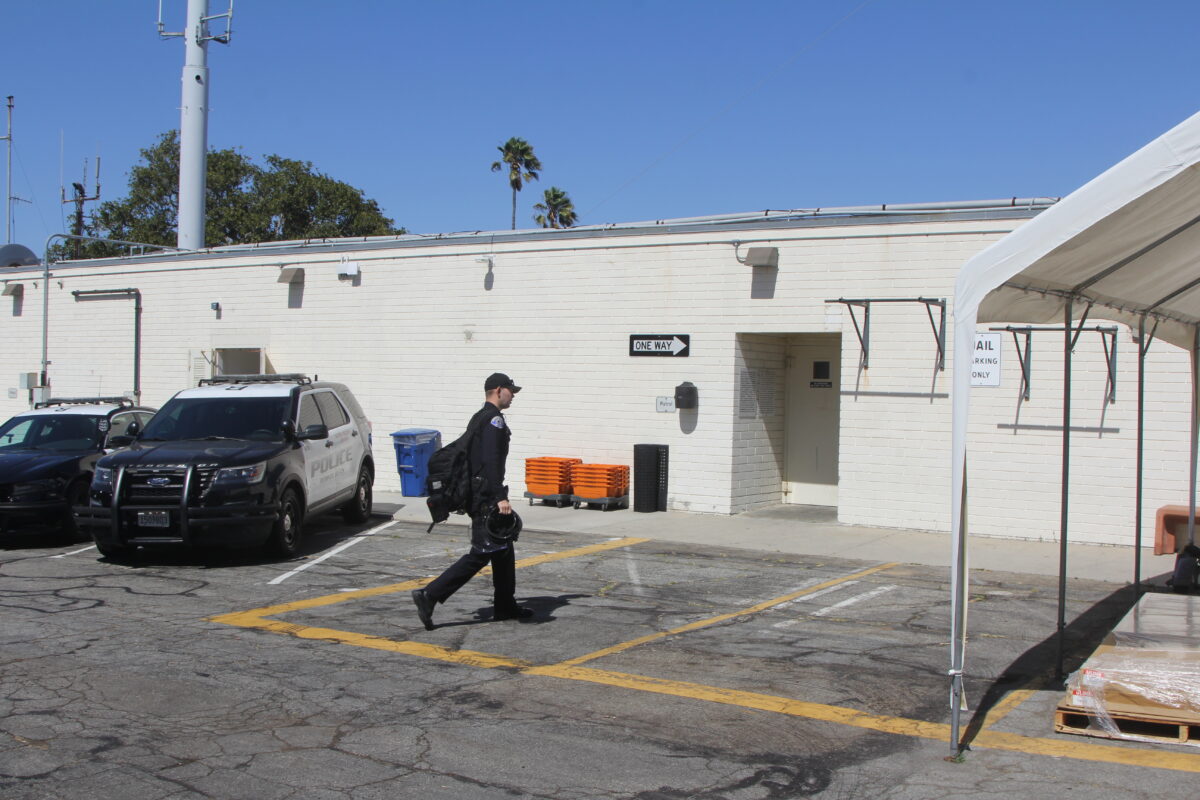
Why did it all come together now?
“What helped move it along was the CityGate study,” he said, referring to the latest analysis of the city/county fire issue, done by consultant Citygate Associates earlier this year.
They concluded it would cost Redondo Beach an extra $13.8 million over 10 years for similar services from L.A. County Fire.
“In city strategic planning going back 15 to 20 years, (these buildings) are an issue we’ve waited to have to deal with, and it’s time has come,” Witzansky said.
If the city had gone to county fire, Redondo Beach would still be responsible for facilities.
In 2019, then-city council representatives John Gran, Christian Horvath and Laura Emdee voted against continuing a fire study because they believed they had enough evidence then to conclude such a move to county fire would be too expensive.
Gran was replaced by Zein Obagi, Jr., and a 3-2 vote followed to resume the study, with Horvath and Emdee against it, saying again that switching to the county did not make financial sense.
Paige Kaluderovic succeeded Horvath in 2023 and shortly after, voted against hiring Citygate to conduct its study. Councilman Scott Behrendt, who succeeded Emdee, supported hiring Citygate. ER
Bonds Away: 3-bond forum
Septenber 23
A public forum on the public safety bond and a $278 million school facilities bond will be held at the RUHS auditorium Monday, Sept. 23, from 6:30-8 p.m. Representatives from the City of Redondo Beach and its fire and police departments will be on hand, as well as officials from the school district. The event also includes the Beach Cities Health District, representing their $30 million facilities bond on the Nov. 5 ballot.

